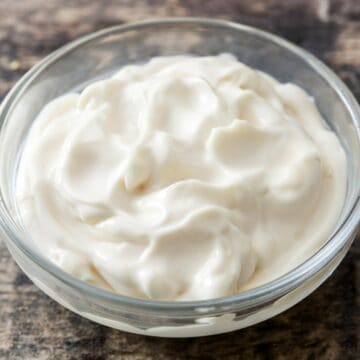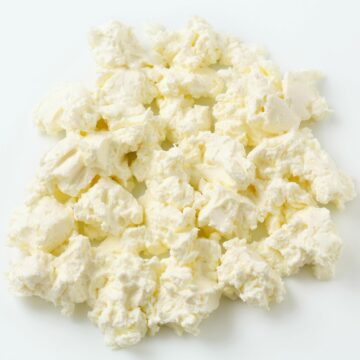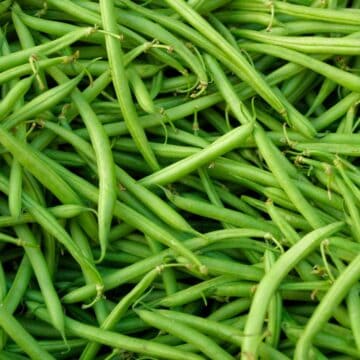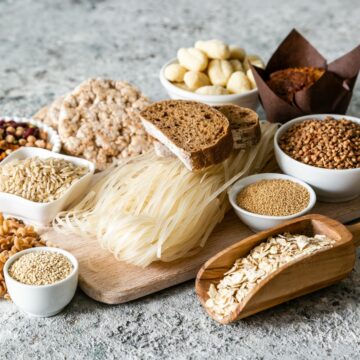Most people go on a diet to maintain a healthy body. However, it is worth noting that the word "diet" is not the act of lessening your daily food intake but instead following a specific eating plan. An example of this is the keto diet, which is a high-fat, low-carbohydrate diet. This diet encourages the body to enter a state of ketosis, a metabolic state in which the body begins to burn fat instead of carbohydrates for energy.
The keto diet has seen a notable rise in popularity in recent years, mainly because it offers many benefits, such as weight loss, improved energy levels, and reduced cravings. However, like any other diet, it only allows minimal consumption of certain foods because it requires strict adherence to a specific set of dietary rules. With this in mind, meat is often questioned whether it can be added to a keto diet.
The short answer is: yes, meat can be a part of the keto diet. However, it goes deeper than one might think. For this reason, we will answer some burning questions about eating meat as part of a keto diet, such as:
1. What Meats Can You Eat on a Keto Diet?
The keto diet is a high-fat, low-carbohydrate diet that encourages the body to enter a state of ketosis. While the diet does allow for a certain amount of carbohydrates, it is vital to keep these to a minimum, as they can quickly push you out of ketosis. Choosing the proper meats to include in your diet is essential.
The best meats to eat on a keto diet are those high in fat and low in carbohydrates. This includes fatty cuts of red meat, like ribeye and sirloin, and dark poultry, like duck and turkey. Seafood is also a good choice if it is not breaded or fried. These meats are all excellent sources of healthy fats, proteins, and other essential nutrients.
2. Are There Specific Cuts Recommended for Keto?
Yes, specific cuts of meat are recommended for a keto diet. One of the most important considerations when selecting a cut of meat is the fat-to-protein ratio. For a keto diet, you should look for cuts of meat that are higher in fat and lower in protein.
Fatty cuts of red meat, such as ribeye and sirloin, are an excellent choice for keto. These cuts tend to be higher in fat and lower in protein, making them an ideal choice. Dark poultry, such as duck and turkey, is also a great option. These cuts tend to be higher in fat and lower in protein, making them an excellent choice for the keto diet.
3. Can You Eat Processed Meat While on Keto?
The answer to this question depends on what type of keto diet you are following. It is worth noting that processed meats are generally not recommended on any keto diet. Processed meats, such as hot dogs, bacon, and sausages, are typically high in sodium, fat, and preservatives, which can be detrimental to a healthy diet.
That being said, some people may moderately include processed meats in their keto diet. For example, following a cyclical keto diet allows you to have a small portion of processed meats in your meal plan. The key is to choose leaner cuts of processed meats, such as turkey bacon or turkey sausage, and to limit your intake to one or two servings per week.
4. Is Keto Possible Without Meat?
Absolutely. While meat can make up most of a person's keto diet plans, some may follow a vegetarian or vegan diet. A vegetarian or vegan keto diet is still a low-carb, high-fat diet, but it eliminates animal products like meat, eggs, and dairy.
Following a vegetarian or vegan keto diet requires some adjustments to the meal plan. Plant-based proteins, such as tofu, tempeh, and legumes, can be used instead of meat. Plant-based fats, such as avocados, nuts, and seeds, can also be incorporated into the diet. Non-starchy vegetables, such as broccoli, cauliflower, and spinach, should be the primary source of carbohydrates.
5. Is There a Right Amount of Meat to Consume While on Keto?
The answer to this question depends on the individual and their unique dietary needs. Generally, the amount of meat consumed while on the keto diet should be based on their caloric needs and goals.
For example, if a person requires 2,000 calories per day to maintain weight, they may need to consume 150-200 grams of protein daily. This means a person could consume up to 150-200 grams of meat daily. That being said, the amount of meat consumed should still be within the recommended dietary guidelines of the keto diet.
In addition to consuming the right amount of meat, the meat's quality must be considered. For example, grass-fed and organic meats are often considered to be of higher quality and are usually higher in healthy fats and nutrients.
Conclusion
Consuming meat is a fundamental aspect of the keto diet, so anyone who wants to try it must be consistent in their efforts. While staying on track will be tricky, the results you will see are worth it. This way, you can look forward to a healthier body and better overall health.
If you want keto diet recipes, Keto Diet Yum has what you need! We offer many delicious yet healthy recipes to help you jumpstart your keto journey.




